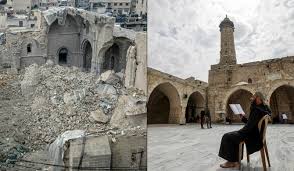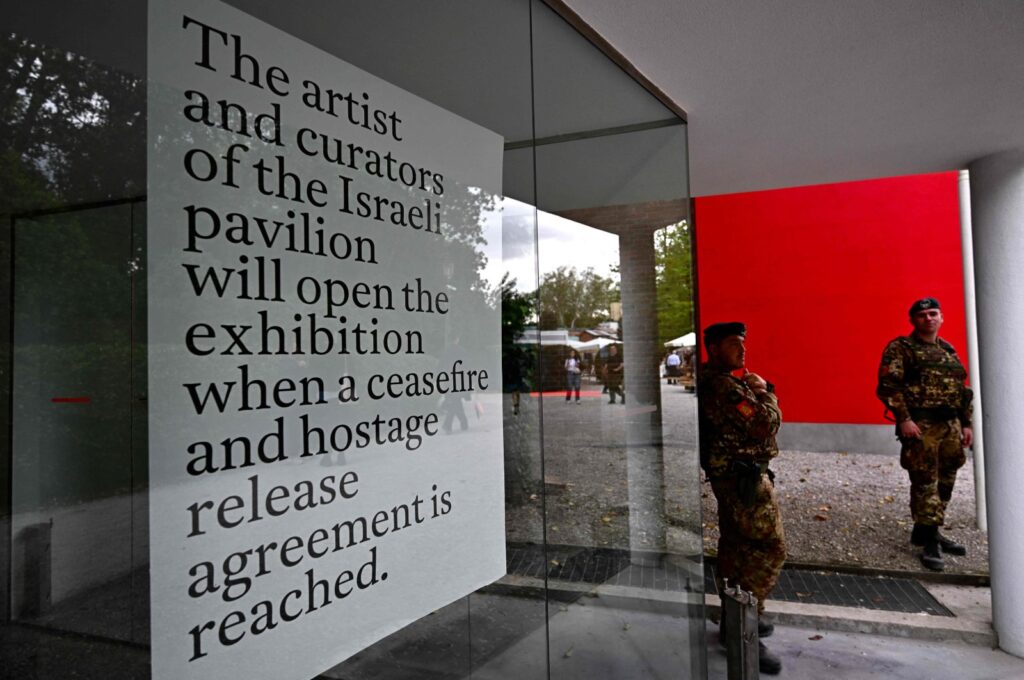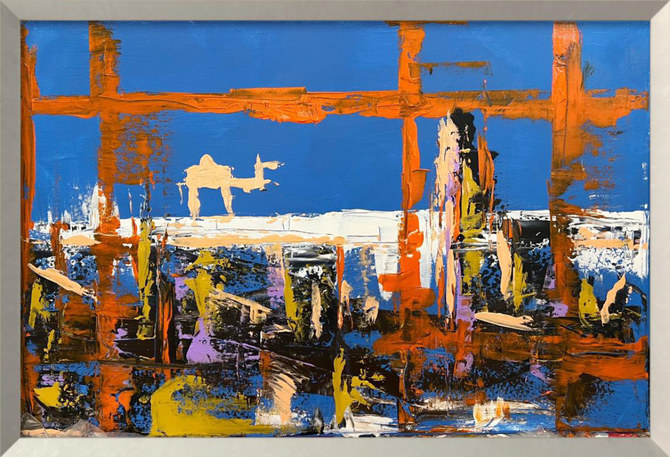
Monitoring Desk
ISTANBUL: With a wide range of artworks, from video games to comics and cinema to fashion, “What Byzantinism Is This in Istanbul!” invites visitors to explore the representation of the Byzantine legacy in popular culture
Pera Museum, Istanbul’s popular center for art, has launched two exhibitions on Byzantine simultaneously in collaboration with Istanbul Research Institute. While the first one, “From Istanbul to Byzantium: Paths to Rediscovery, 1800–1955,” focuses on Byzantine artifacts in the Istanbul Archaeological Museums and sheds light on the development of Byzantine studies in Istanbul, the second show, “What Byzantinism Is This in Istanbul!: Byzantium in Popular Culture” explores the representation of Byzantium and Byzantines in popular culture.

Curated by Emir Alışık, “What Byzantinism Is This in Istanbul!” exhibition brings together common themes of Byzantine perception in different fields from literature to video games, comics to music, cinema to fashion. Initially exploring the multiple and conflicting meanings of Byzantinism, the show later examines popular culture’s interaction with the Byzantine legacy.
The exhibition is named after a novel by famed Turkish novelist Yakup Kadri Karaosmanoğlu. In his novel “Panorama,” Karaosmanoğlu tells the social and political turmoil of the post-World War II years. The protagonist of the story says in one point: “What Is This Byzantium?” With this expression, the author, through his character, tries to tell the sharpening of the cultural separation among the citizens of the young republic, their identity crisis and their clinging to blind beliefs as a remedy.

The exhibition, which deals with the concept of Byzantium with its different faces and manifestations, reveals how the symbols and values that represent or are attributed to Byzantium find a place in different art mediums. Noting that Constantinople (Istanbul) was naturally – historically and geographically – Byzantinism’s home, curator Alışık sums up the idea behind the exhibition: “While the academic and archaeological ‘rediscovery’ of the Byzantine Empire in the 19th and early 20th centuries had in counterpart wide repercussions throughout a wide variety of artistic expressions like painting, architecture, drama, music and literature, the curiosity for Byzantium and Byzantines was amplified over time and blossomed into new directions, from unlikely music and literature genres and painting and film-making techniques to textile production and new narrative mediums like graphic novels. Although Byzantine history is sometimes mobilized to kindle hostilities by the manipulation of historical facts, the Byzantine legacy is frequently utilized to reflect on complicated sociopolitical issues, too. And this exhibition reveals how Byzantinism is a far-stretching phenomenon to be encountered even in places one does not usually look.”
Icons and superheroes
Benjamin Baumhauer, “Neo-Constantinople,” 2020. (Courtesy of Pera Museum)
“What Byzantinism Is This in Istanbul!” opens with an iconostasis, which is a wall of icons and religious paintings that separates the main space from the section where only clergy can enter in Byzantine churches. Traditionally covered with images depicting the holy scripture, this wall, prepared in a contemporary design at the Pera Museum, showcases the influence of Byzantine icons on the iconic characters and superheroes of our time.
The exhibition features works by more than 50 artists, writers, illustrators, musicians, filmmakers and fashion designers that interpret and visualize the uniqueness and exoticism attributed to Byzantium from different perspectives.

Max Bedulenko, Aliusio Cervalle Santos and Yurii Nikolaiko bring new perspectives to the Byzantine city and its monumental architecture with their digital illustrations. While Jonathan Godoy, Stelios Faitakis, Taha Alkan and Xanthe P. Russell transform scenes taken from the holy book with their art, Peter Tirpak portrays a pop-art icon as a saint. Aleksandar Todorovic, like Tirpak, depicts the founder of Facebook, Mark Zuckerberg, as a saint. Known for his extraordinary portraits, Scadarts plays with the Empress Irene mosaic via iPhone. Fashion designer Özgür Masur’s collection Byzantium’20 and Dice Kayek’s “Hagia Sophia” design awarded by the Victoria & Albert Museum points to the reflections of Byzantine iconography in fashion. While the photograph taken by Marco D’Amico for Vogue Italy highlights the Byzantine image, the historical adventure written by Romain Sardou and illustrated by Carlos Rafael Duarte represents the reflections of this iconography in the world of comics.
Illustrator-designer Necdet Yılmaz portrays the famous cat of Hagia Sophia, Gli, who passed away last year, as a celestial being. The cover of the book “Theodora, The Love God of Byzantium,” published in 1948 by journalist and novelist Murat Sertoğlu, known for his serials, and the poster of the movie “Bizans Çöküyor” (“Byzantine Collapses”), featuring the character of Hunnic warrior Tarkan played by actor Kartal Tibet, are presented as examples using Byzantium as an antithesis in the exhibition.

The catalog accompanying the exhibition brings together the articles of 10 researchers who examine and interpret all these representations of 50 artists in various fields of art. The articles discussing and classifying “Byzantinism” that appears in many fields of popular culture bear the signatures of Roland Betancourt, Felice Lifshitz, Brigitte Pitarakis, Sinan Ekim, Yağmur Karakaya, Elif Demirtiken, Jeremy J. Swist, Marco Fasolio, Haris Theodorelis-Rigas and Emir Alışık.
“What Byzantinism Is This in Istanbul!: Byzantium in Popular Culture” will remain open to visit at Pera Museum until March 6. Pera Museum can be visited from Tuesday to Saturday between 10 a.m. and 7 p.m. and between 12 p.m. and 6 p.m. on Sunday. On Fridays, within the scope of “Long Friday,” all visitors are welcome between 6 p.m. and 10 p.m. and on Wednesdays, within the scope of “Young Wednesday,” all students can visit the museum free of charge.
Courtesy: Dailysabah
The post Pera Museum show spotlights Byzantine heritage in popular culture appeared first on The Frontier Post.








